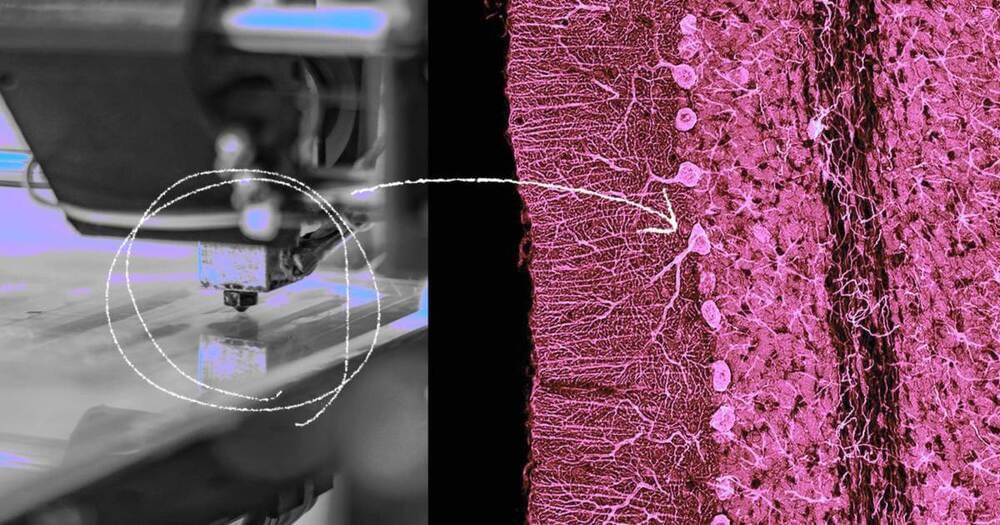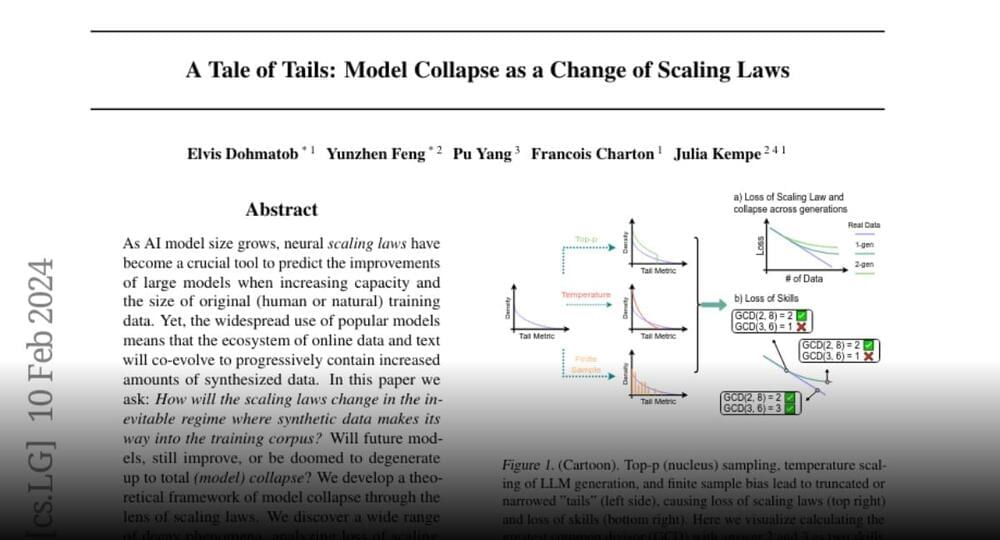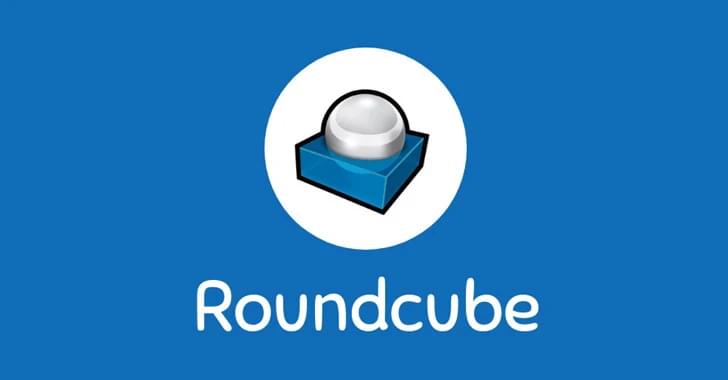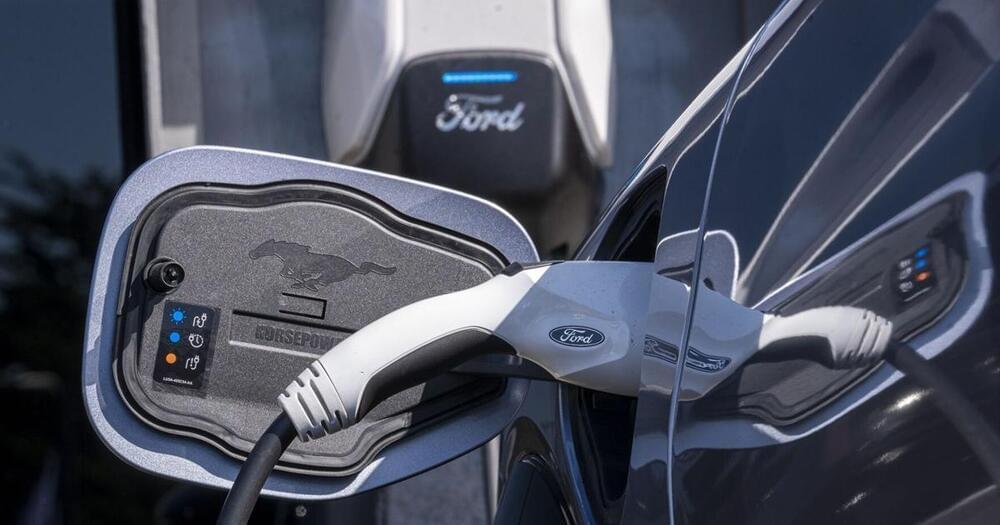Scientists at the University of Wisconsin–Madison (UWM) say they have created the first 3D-printed brain organoids that function like natural brain tissue.
“The neurons communicate, send signals, interact with each other through neurotransmitters, and even form proper networks with support cells that were added to the printed tissue,” said senior author Su-Chun Zhang.
The challenge: In the right conditions, stem cells will self-assemble into tiny, three-dimensional tissues that mimic features of the human brain. These “brain organoids” can be used to test drugs, study diseases, and more.






